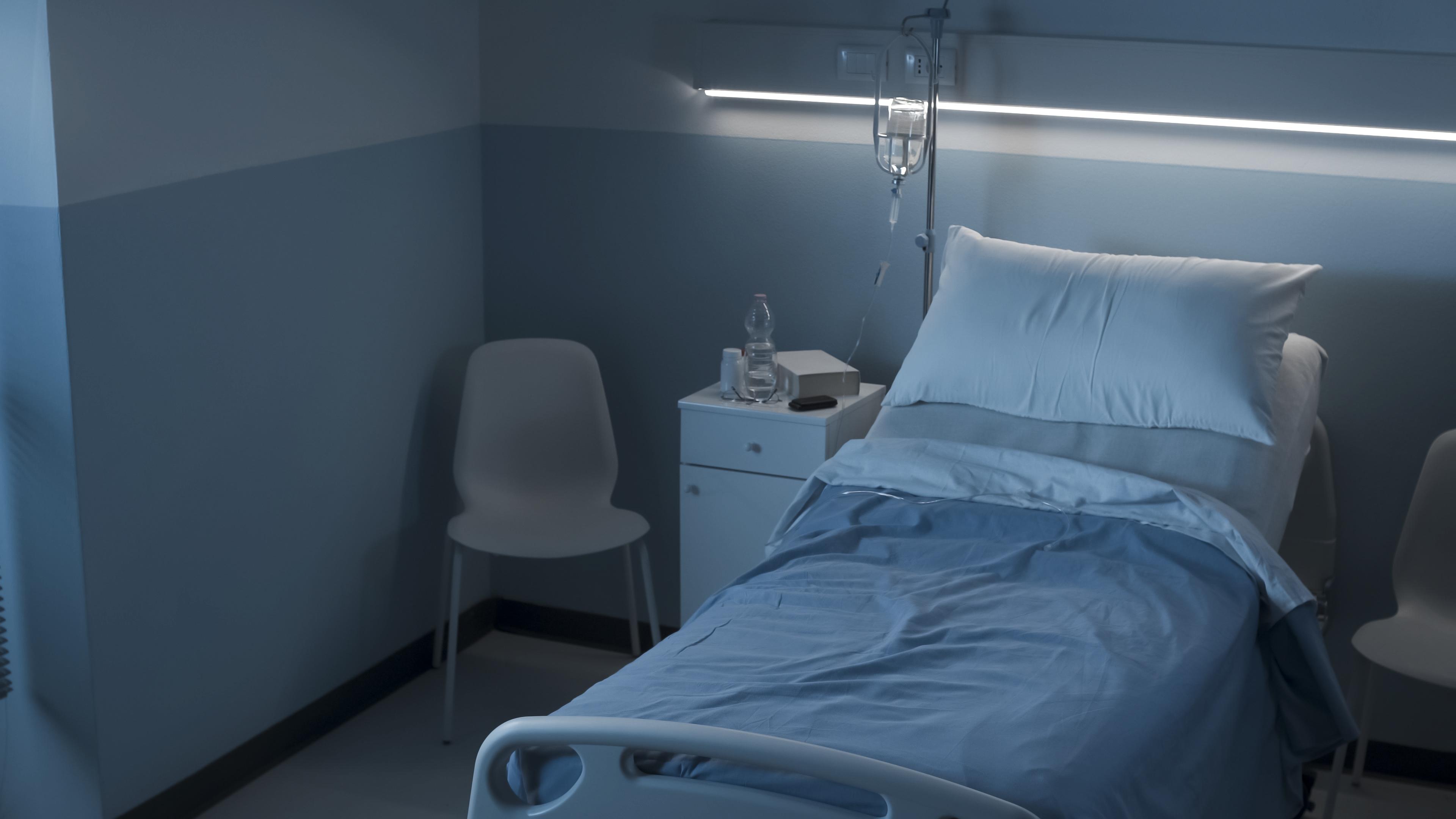Placing a chair near a hospitalized person’s bed encourages healthcare professionals to sit down, which promotes communication and patient satisfaction.

- In the study, more than six out of ten times, doctors sat down when the chair was placed within three feet of the patient’s bed.
- Only 7% of healthcare professionals did so when the chair was along the wall or in a corner of the room.
- Patients rated the practitioners who sat in as more empathetic and competent.
Having a view out of the window, being close to a nursing station, having a room to yourself… During hospitalization, certain characteristics can change a lot of things for a patient and their state of health. In a recent study, scientists from the University of Texas (United States) showed that the position of a chair in a hospital room played a role in the relationship between the patient and the practitioner.
Hospital: the chair is either placed in a corner of the room or near the bed
Before arriving at this discovery, the researchers evaluated the effect of the location of a chair on the length of time doctors remained seated or at the bedside during a consultation and on patient satisfaction. For the purposes of the work, the team recruited 51 healthcare professionals providing direct care. During 125 consultations, scientists observed and compared two situations.
In the first situation, the chair was located along the wall or in a corner of the room. In the other case, it was placed 0.9 meters to the side of the hospitalized person’s bed. During the intervention, patients were asked to complete a questionnaire about their meetings with specialists.
Communication, diagnosis: the seated presence of the doctor changes the situation for the patient
According to the results, published in the journal The BMJ63% of doctors sat when the chair was next to the bed, compared to 7% when it was barely visible. “Chair location was not associated with time spent with the patient in the room,” the authors clarified.
However, seeing a healthcare professional sitting down resulted in higher patient satisfaction and communication scores. In detail, thanks to this simple gesture, the healthcare professional was perceived as more empathetic and more competent. Installing a seat near the bed is a “simple, cost-free and low-technical intervention”, which should be carried out in healthcare establishments, to result in higher communication and patient satisfaction scores, according to the authors.

















